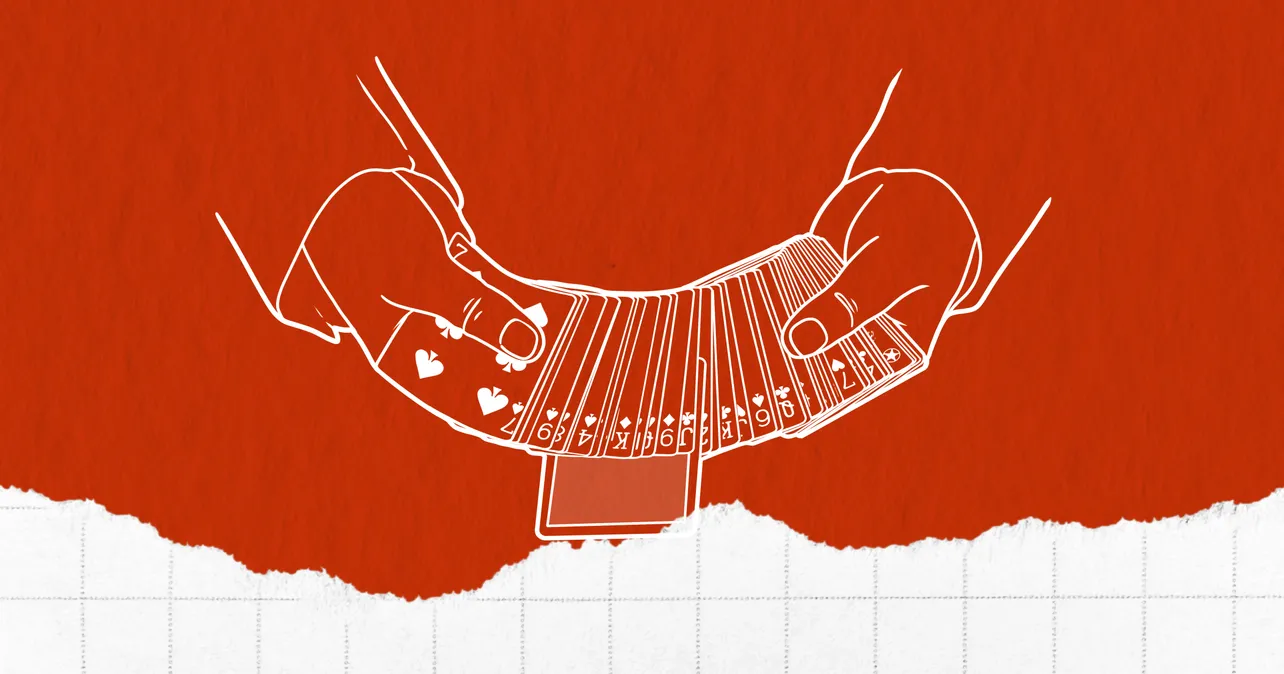It’s been a pleasure to provide “Magicana” for you for the past year, but my work on Greater Magic as I push into the home stretch of its six volumes demands more time than I have to give, so something has to go. Unfortunately, that means this will be my last column for Genii, a place I have called home for 25 years. I hope the future treats you well. In the meantime, here’s a great trick….
The plot where the entire deck instantly turns around except for a chosen card is about 100 years old, as made plain by the wonderful website conjuringcredits.com:
“The plot of the deck instantly reversing itself appeared in The Sphinx, September 1931, as Sympathy by Orville Meyer. Bill Simon later incorporated the idea as a side plot in his ‘Set of Surprises’ from Rufus Steele’s 52 Amazing Card Tricks, 1949. Toni Koynini included the now-modern approach of causing the deck reversal to occur with a visual, magical moment, describing it as part of his Ambitious Card sequence in The Wizard for September 1951.”
All of these were published before my parents even met!
In 1981, Jim Lewis’ trick Inversion was first published in Encore II by Michael Ammar. It added a new element—the spectator’s selection remains outjogged from the center of the deck throughout the trick. Inversion has proven itself to be a classic—it has been endlessly varied by others and is still performed today.
Most of the published variations focus on changing the one sleight in Inversion which is a bit tetchy. It’s one of those things its creator does flawlessly but others find challenging.
And so we come to Aaron Fisher, who sometimes looks for ways to de-sleight effects. His handling of Inversion has extracted that tetchy sleight, and all the substitutes for it, like a bad tooth, using a subtlety previously published in his book The Paper Engine.

